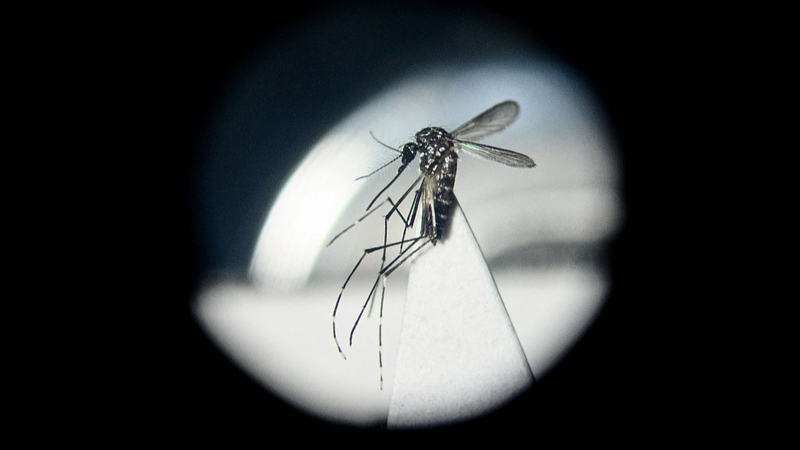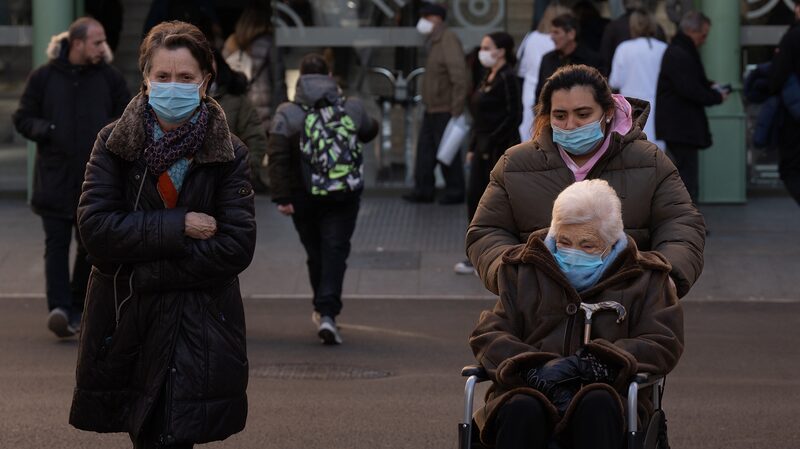Chinese Scientists Reveal New Insights into Virus Transmission Patterns
A team of Chinese researchers from the Shenzhen Institutes of Advanced Technology (SIAT) under the Chinese Academy of Sciences has made a groundbreaking discovery in the field of virus transmission. Using synthetic biology techniques, they have uncovered a new pattern that could reshape our understanding of how infectious diseases spread.
Published in the prestigious journal Proceedings of the National Academy of Sciences, the study delves into the intricate interactions between E. coli bacteria and the M13 bacteriophage, a virus capable of infecting it. Traditionally, it has been assumed that animal migration contributes to the rapid spread of viruses. However, this new research challenges that notion by revealing that certain migratory animals, such as monarch butterflies, may experience a reduced probability of disease infection during long-distance journeys.
To explore this phenomenon, the researchers constructed a laboratory system where E. coli served as the host and M13 bacteriophage as the virus. Through innovative synthetic biology methods, they manipulated the movement patterns of the bacterial hosts and the infection characteristics of the virus. Mathematical models were then employed to analyze the interactions within this system.
The findings were striking. The team discovered that faster directional movement of bacterial populations led to the shedding of infected bacteria from the moving group. This process resulted in the formation of populations composed entirely of healthy bacteria. Essentially, the act of movement itself facilitated the elimination of infection within the group.
“This research provides deep insights into the patterns of infectious disease transmission,” said Fu Xiongfei of the SIAT, the corresponding author of the paper. “Our findings could have significant implications for understanding how diseases spread in both microbial communities and larger organisms.”
The study not only challenges existing beliefs but also opens new avenues for exploring how movement and migration affect the dynamics of disease spread. Such insights are crucial, especially in a world where the rapid transmission of infectious diseases poses significant global health challenges.
As scientists continue to unravel the complexities of virus-host interactions, this research stands as a testament to the potential of synthetic biology in addressing some of the most pressing questions in infectious disease control and prevention.
Reference(s):
Chinese researchers discover new pattern in virus transmission
cgtn.com







